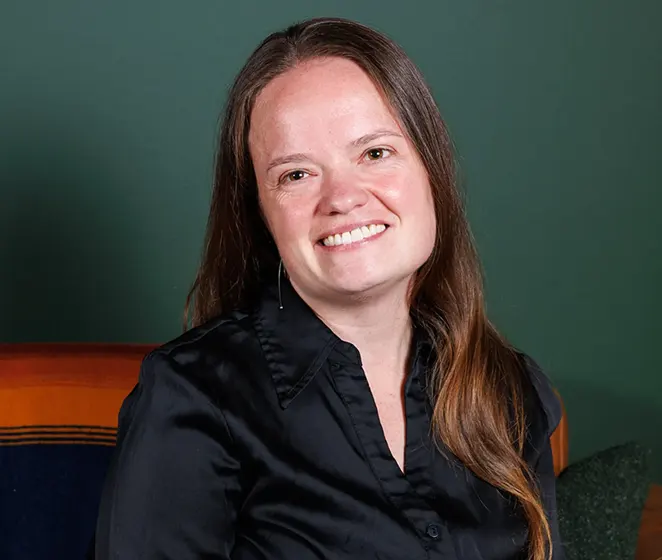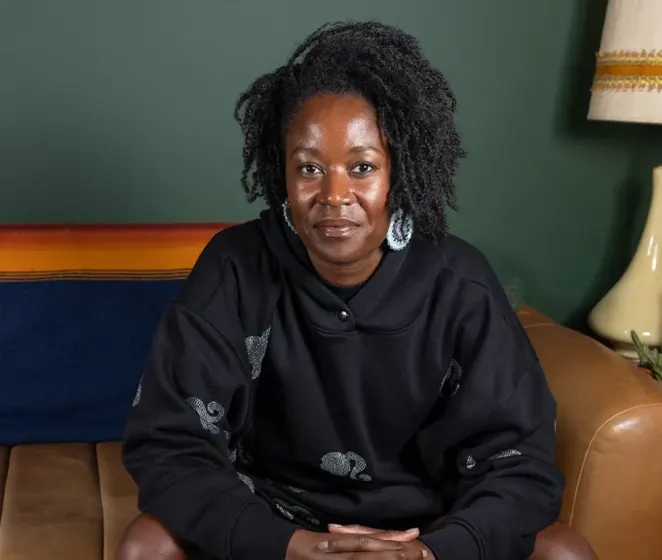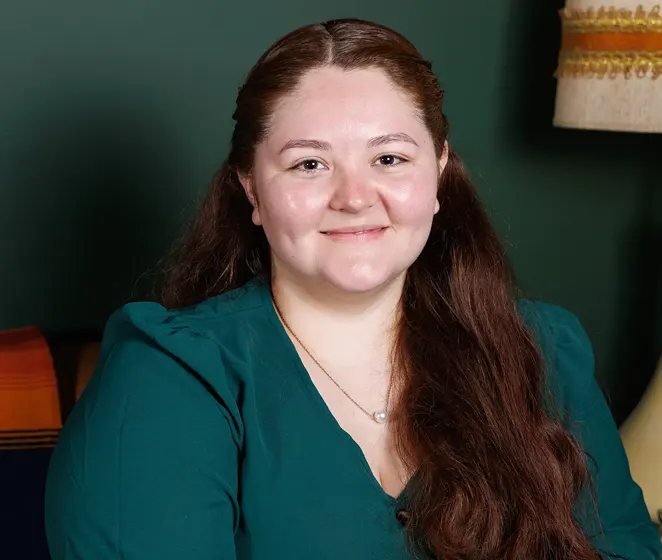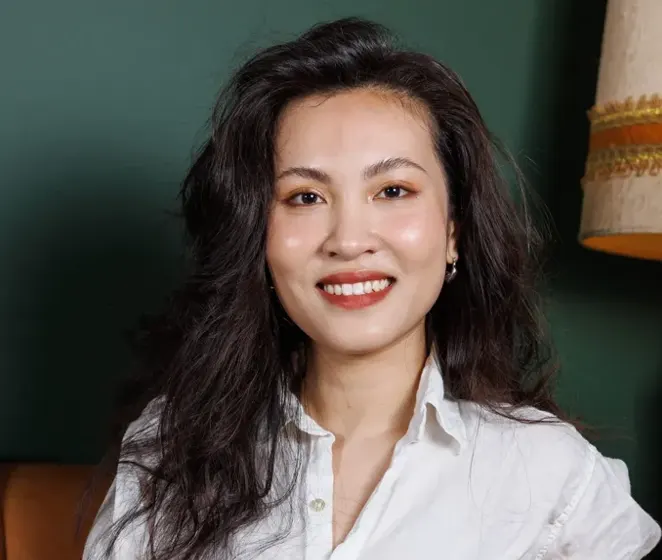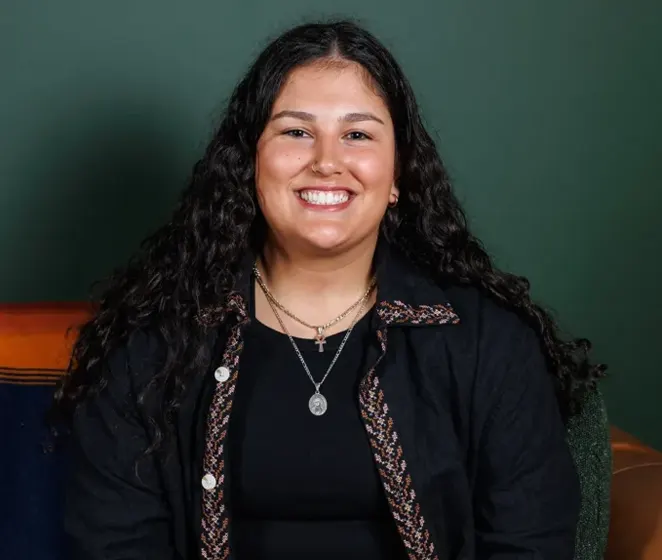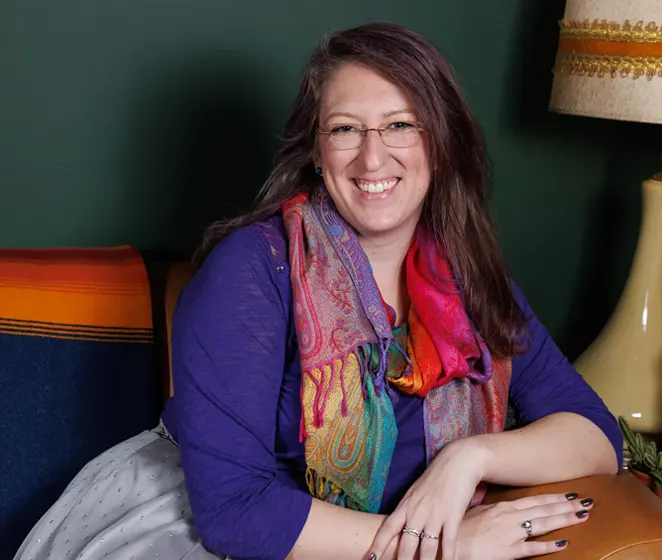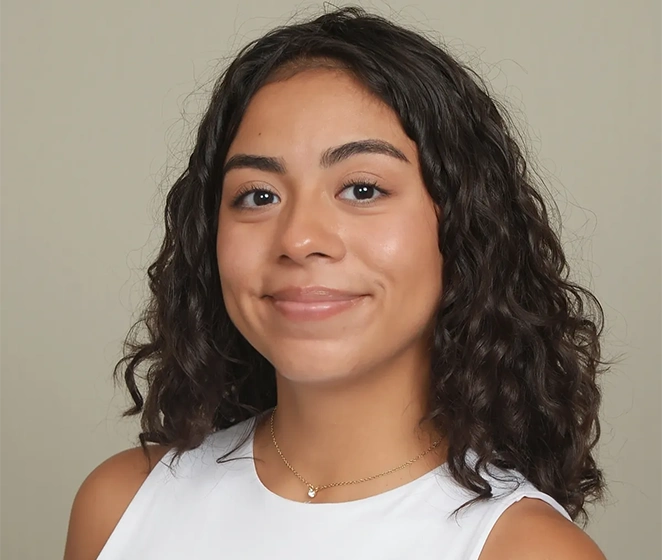by Intentional Spaces Psychotherapy
Sometimes people come to therapy not because they feel overwhelmed, but because they feel nothing at all.
It can be a strange, unsettling emptiness:
“I’m not sad. I’m not happy. I don’t know what I feel—I just know I feel… gone.”
Emotional numbness often doesn’t have language. It’s not the dramatic pain people expect from loss, trauma, or stress. It’s quieter. It lives in the space where emotions once were, in the disconnection that leaves people moving through life but not fully living inside it.
If you’ve felt this way—emotionally flat, distant from yourself, or like you’re walking through life on autopilot—you’re not alone. And you’re not broken.
What Does Emotional Numbness Feel Like?
For some, numbness shows up as an inability to feel joy—even in moments that “should” bring happiness. For others, it’s a deep absence of sadness, even in the face of grief or disappointment.
You might notice yourself going through the motions, smiling when you’re supposed to, saying you’re fine when you’re not sure what fine even means. Moments that once moved you now pass by without weight or warmth. You may feel distant from loved ones, or even from your own body.
Because numbness is often invisible, the world around you may not notice. This can make it feel even lonelier, like something is missing that no one else can see.
Why Does Emotional Numbness Happen?
Emotional numbness is not laziness or apathy. It’s not a character flaw. It’s a survival strategy, one the nervous system calls upon when emotions feel too dangerous, overwhelming, or costly to express.
Many people disconnect from emotion when they’ve experienced trauma, violence, or emotional neglect. Others shut down after grief that felt too big or chronic stress that left no space to feel.
In these moments, the body and mind do what they were built to do: protect you. Emotional shutdown is often the body’s wisest attempt at survival. The challenge is that what once helped you cope can later leave you stuck, longing to reconnect but unsure how.
The Loneliness of Disconnection
One of the hardest parts of emotional numbness is how isolating it can feel. On the outside, you might seem like you’re functioning, showing up for work, for family, for life. But inside, something vital feels out of reach.
It’s easy to start believing you’re the problem:
Why can’t I feel? Why can’t I care?
Shame often grows in this space, adding another layer of disconnection.
You’re protecting yourself from something that’s no longer a threat. Healing from numbness isn’t about forcing yourself to feel; it’s about creating safety to allow feelings to return.
How to Begin Reconnecting
Reconnection doesn’t happen overnight. It often starts quietly, through small moments of noticing and gentle curiosity.
Sometimes the first step is simply naming what’s true: “I notice I feel nothing right now.” Noticing, without judgment, can be the beginning of thawing the freeze.
For many people, the body offers a doorway back to feeling. Even when emotions feel distant, the body holds signals: the tightness in your chest, the heaviness in your limbs, the flutter in your stomach. Paying quiet attention to sensation, not to “fix” it, but to witness it, can help rebuild the bridge between mind and body.
And sometimes, the work is simply allowing yourself to be where you are, without rushing toward aliveness or forcing emotions that don’t come. Numbness can only soften when safety returns, and that takes time.
How Therapy Can Help
Therapy isn’t about “making” you feel because no one can “make” you feel. If that were going to work, it already would have. It’s about offering space for whatever is true, including the places where nothing seems to move.
At Intentional Spaces, we believe that emotional numbness is often a sign of survival, not failure. Many of our therapists work with clients navigating this quiet, tender terrain, helping people understand the roots of their disconnection and gently explore what it might mean to come back to themselves.
In therapy, you can:
- Explore the protective function of numbness without judgment
- Begin to reconnect with body, sensation, and emotion at your own pace
- Uncover the stories and wounds that shaped your disconnection
- Build new capacity for aliveness, meaning, and presence
You don’t have to do this alone. You don’t have to feel ready to feel. You just have to be willing to take the next step, however small.

When You’re Ready
If you’ve been living with emotional numbness—if you’re longing for even a glimpse of reconnection—our team at Intentional Spaces is here to walk with you. There’s no right pace, no wrong way. There’s just this moment, and the possibility of something new.





